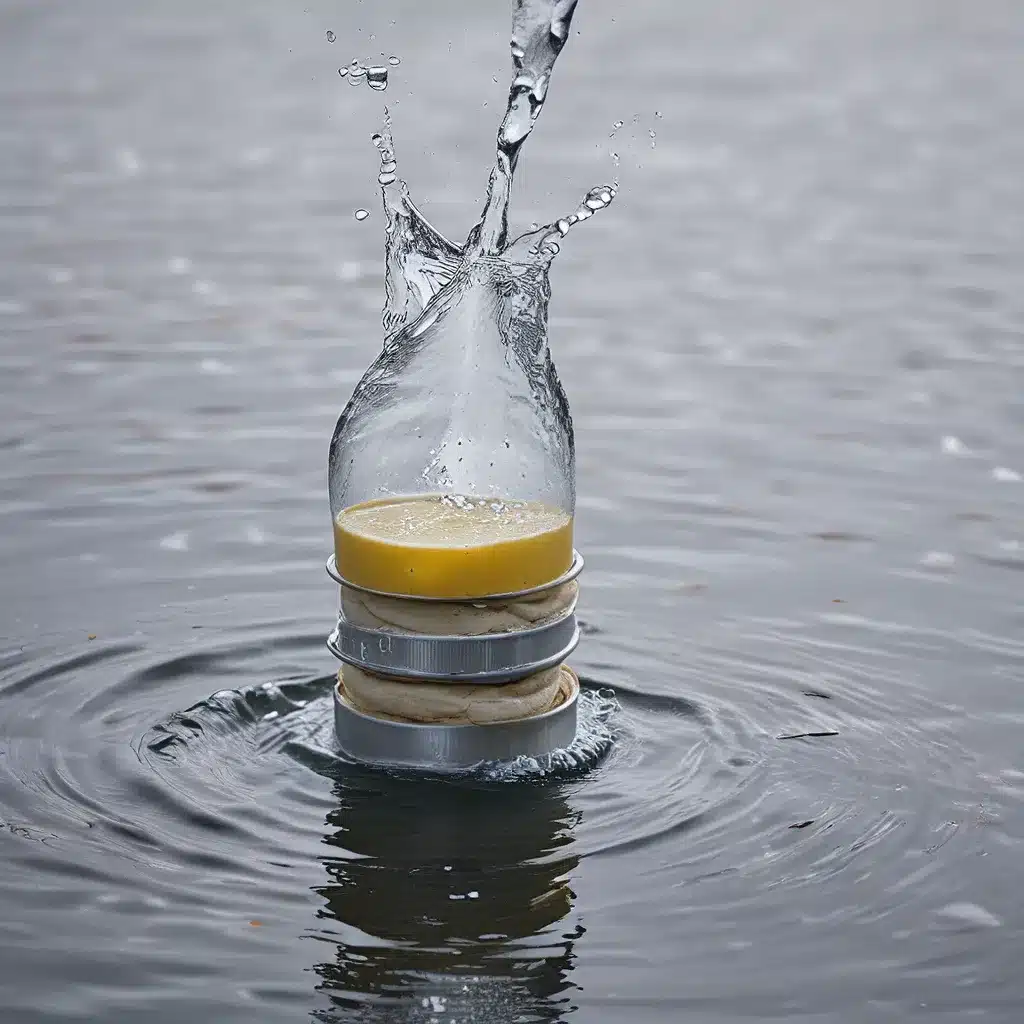
Ah, the age-old dance of water, energy, and food – it’s like a three-legged stool, where if you remove one leg, the whole thing comes crashing down. As someone who’s been immersed in the world of water treatment and environmental services, I can tell you, it’s a delicate balancing act that keeps me on my toes.
The Intricate Relationship
You see, the thing about this water-energy-food (or as I like to call it, the WEF) nexus is, it’s like a Rubik’s Cube. Each side represents a critical resource, and they’re all interconnected. Need water for energy production? Check. Require energy to treat and distribute that water? You bet. And let’s not forget the thirsty mouths of our agricultural systems, guzzling up precious H2O to feed the world.
It’s a complex web, my friends, and navigating it is no easy feat. Just imagine trying to solve that Rubik’s Cube while juggling chainsaws – that’s the kind of challenge we’re talking about here.
Striking a Balance
But fear not, for the water treatment and environmental services industry are up for the task. We’ve been studying this WEF nexus, and let me tell you, the solutions are as varied as the problems. From Inland Waters Inc.‘s innovative water recycling technologies to the latest advancements in renewable energy integration, the possibilities are endless.
It’s all about finding that sweet spot, that delicate balance where we can maximize our resources, minimize our environmental impact, and keep the lights on (and the crops growing) without sacrificing one for the other. And let me tell you, it’s not as easy as it sounds.
Navigating the Complexities
Take the energy sector, for example. Power plants, especially those relying on thermal cooling processes, guzzle up water like a thirsty camel in the desert. And on the flip side, the water industry is a huge energy hog, consuming vast amounts of electricity to ensure the quality and availability of H2O.
But wait, there’s more! Climate change is throwing a wrench in the works, altering precipitation patterns and exacerbating water scarcity, which in turn affects energy production and the reliability of water supplies. It’s like a never-ending game of Jenga, where one wrong move and the whole thing comes tumbling down.
Innovative Solutions
So, how do we navigate this maze of competing demands? Well, my friends, the answer lies in Inland Waters Inc.‘s innovative strategies. We’re talking about Integrated Resource Planning, where we harmonize water and energy management to ensure sustainability and resilience.
And let’s not forget about energy efficiency measures. By reducing the energy footprint of water treatment operations, we’re not only cutting costs but also minimizing our carbon footprint. And on the flip side, implementing water-efficient cooling technologies in power plants can help mitigate the thirst of energy production.
Embracing the Future
But the real game-changer, the thing that’s got me all excited, is the transition to renewable energy sources and the advancements in water reuse and recovery technologies. Imagine a world where we can power our water treatment facilities with the sun and the wind, and where every drop of water is precious, recycled, and reused.
It’s a future that’s within our grasp, my friends, and Inland Waters Inc. is leading the charge. We’re not just talking the talk, we’re walking the walk, implementing these cutting-edge solutions and proving that it’s possible to balance the competing demands of the WEF nexus.
Embracing the Complexities
Now, I know what you’re thinking – it can’t be that simple, right? And you’d be absolutely right. The WEF nexus is a beast of a problem, with layers of complexity that would make even the most seasoned problem-solver scratch their head.
But that’s where the real magic happens. By embracing the complexities, by diving headfirst into the sea of data and research, we’re able to uncover the insights that will shape the future of water, energy, and food. It’s like being a detective, piecing together the clues to solve the ultimate mystery.
Collaborating for a Sustainable Future
And the best part? We’re not doing this alone. We’re working hand-in-hand with researchers, policymakers, and community stakeholders to ensure that our solutions are tailored to the unique needs of each region. It’s a collaborative effort, fueled by a shared vision of a sustainable future.
Because let’s face it, the WEF nexus isn’t just about numbers and statistics. It’s about the people, the communities, the livelihoods that depend on these critical resources. And that’s why we’re not just chasing numbers, we’re chasing a better tomorrow.
Embracing the Challenge
So, there you have it, folks – the water-energy-food nexus, a puzzle of epic proportions, but one that Inland Waters Inc. is more than ready to tackle. It’s a challenge that keeps us on our toes, that pushes us to think outside the box, and that ultimately, will shape the future of our planet.
Are you ready to join us on this journey? Because trust me, the view from the top of that Rubik’s Cube is worth the effort. Let’s navigate the WEF nexus together, and create a world where water, energy, and food are in perfect harmony.


